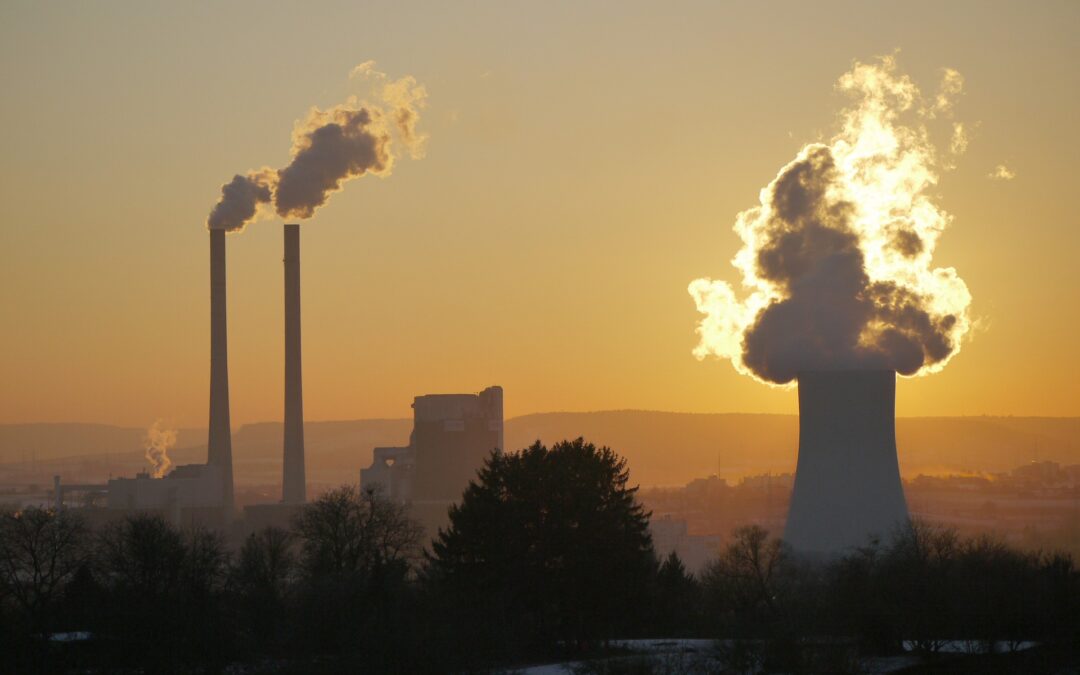
Complying with NYC LL97—Reduction of Greenhouse Gas (GHG) Emissions for Certain Buildings in NYC
The City of New York enacted Local Law 97 (LL97) in 2019 as a part of the Climate Mobilization Act to reduce carbon emissions from buildings. These carbon capping standards are applicable from 2024 onward and will become more stringent over time, with a goal to reduce...
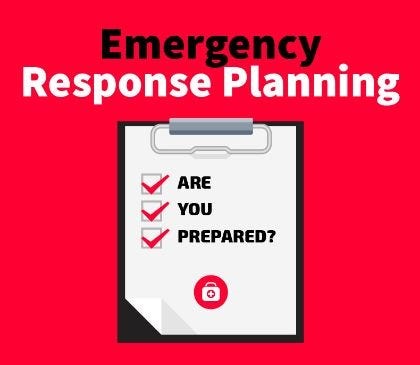
What is an Emergency Action Plan and Why is it Needed?
An Emergency Action Alan (EAP) is required under OSHA standard 1910.38, with the purpose to facilitate and organize employer and employee actions during emergencies that occur within the workplace. A well-developed EAP and proper employee training minimize the...

OSHA COVID-19 Emergency Temporary Standard (ETS)
The Occupation Safety and Health Agency (OSHA) recently issued a COVID-19 Emergency Temporary Standard (ETS) on vaccination and testing which became effective on November 5, 2021. OSHA requires covered employers to comply with all the provisions of the ETS by December...

CONTROLLING THE AIR QUALITY IN YOUR FACILITY: Meeting Permitting and Recordkeeping Requirements
State and local regulations govern the permissible levels of certain emissions. Those requirements dictate when a facility owner needs a permit. Permits and registrations are legal documents that facility owners and operators must follow. Air permitting requirements...
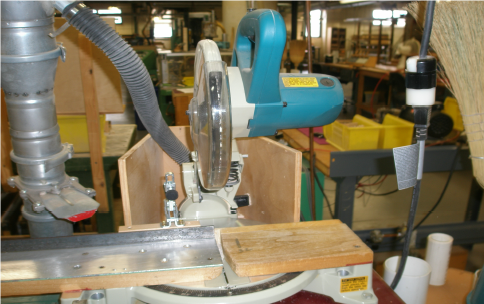
Controlling the Air Quality in your Facility: How to Ensure You’re Meeting Applicable Requirements
There are a few primary instances when manufacturers should test their air quality: upon setting up a new operation or piece of equipment, to identify the source of any potential exposures to hazardous material, and to confirm that operations all meet regulatory...

Controlling the Air Quality in your Facility: Developing Effective Engineering Controls
Employers can manage their hazardous emissions with careful planning and thoughtful engineering. With the proper controls in place, emissions of chemical vapor, dust or fine particles can be controlled to ensure workers’ safety. Engineering controls either minimize...
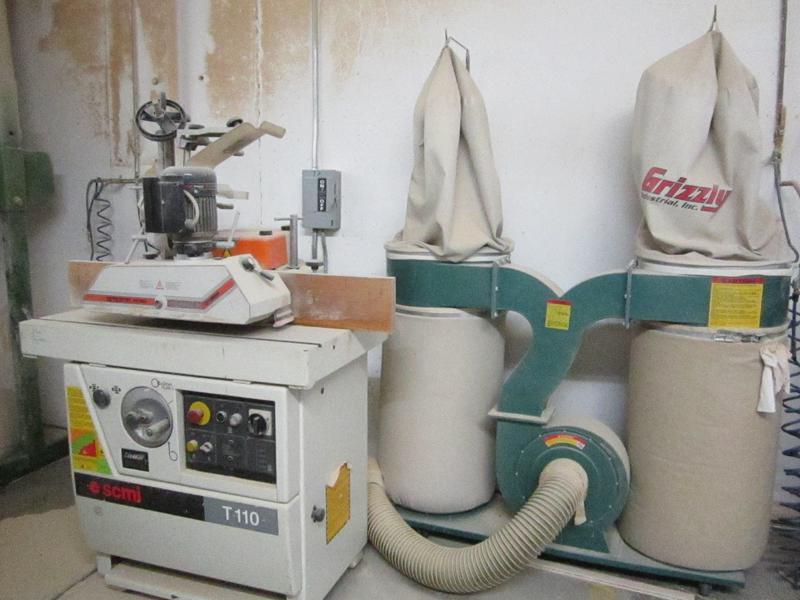
Air Emissions Controls: Identifying the Right Solution for Every Problem
Once a company recognizes that it produces potentially hazardous emissions, it should create an action plan to mitigate any risks and negative impacts. Fortunately, OSHA lays out a clear framework of controls to manage workplace hazards, enabling companies to create a...
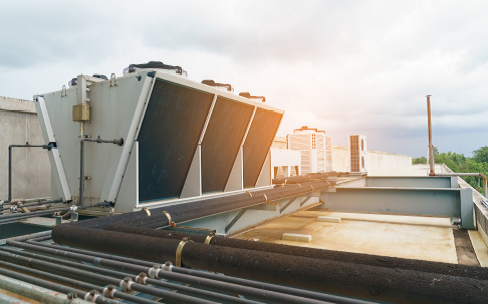
What’s in the Air? Know Your Air Quality Requirements
In the course of manufacturing or fabricating goods, a company is likely to produce more than the product itself; it is also likely to create emissions of some sort. These emissions can have a serious impact on the environment and the air workers breathe. Left...

CONTROLLING THE AIR QUALITY IN YOUR FACILITY: What You Need to Know About Your Regulatory Requirements and Options for Compliance
Workplace air quality is critically important, as clean air keeps communities healthy and employees productive. However, it can be quite challenging to identify potential contaminants in the air, and determining how best to comply with the myriad of federal, state and...

OSHA Guidance on Preparing Workplaces for COVID-19
On April 3, 2020 the Occupational Health and Safety Administration (OSHA) released the “Guidance on Preparing Workplaces for COVID-19” (Guidance) in order to help employers and workers identifying risks and appropriate controls to address any COVID-19 work related...
